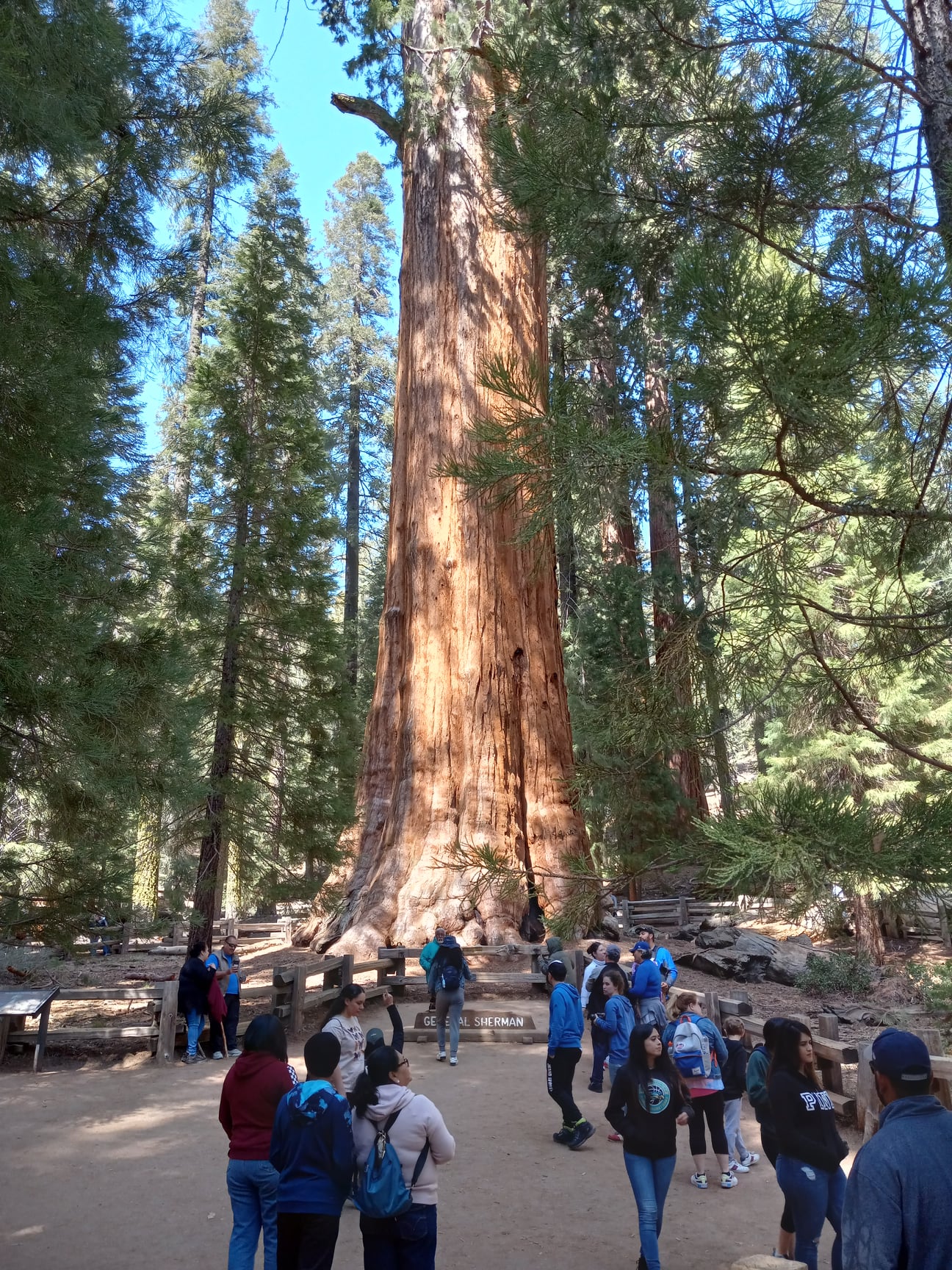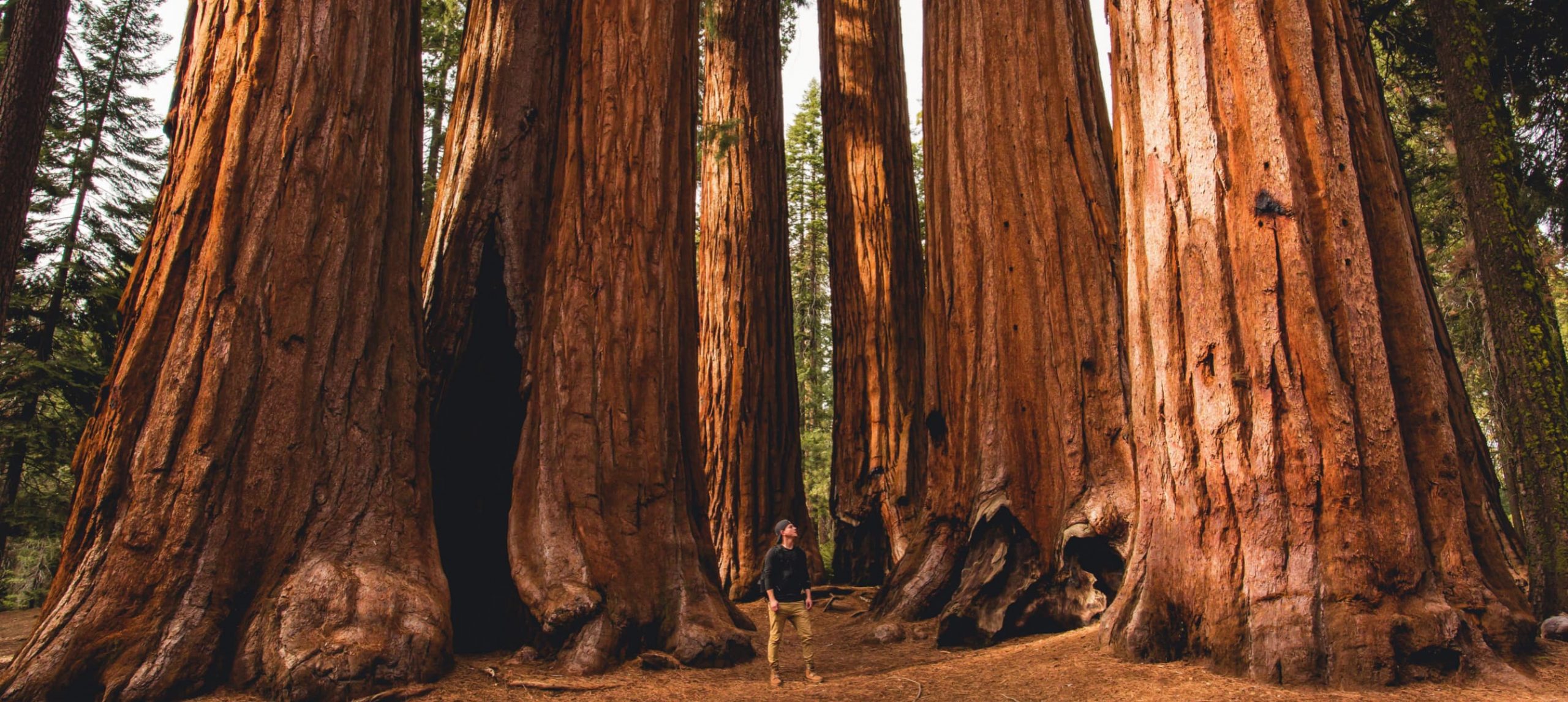Plan Your See to Sequoia National Park CA-- Everything You Required to Know
Plan Your See to Sequoia National Park CA-- Everything You Required to Know
Blog Article
Explore the Diverse Wildlife Habitats Within Sequoia National Forest
Sequoia National Park is an ecological prize, showcasing a remarkable selection of wildlife habitats that contribute to its rich biodiversity. From the stunning giant sequoia woodlands to the diverse alpine meadows, each setting plays a critical duty in sustaining numerous varieties, including both usual and rare fauna.
Introduction of Sequoia National Park
Sequoia National Park, nestled in the southerly Sierra Nevada mountain variety of The golden state, is renowned for its awesome landscapes and towering large sequoias. Developed in 1890, it is just one of the oldest national forests in the United States, dedicated to maintaining the all-natural elegance and environmental integrity of this distinct region. The park includes over 404,000 acres of diverse terrain, featuring majestic hills, deep canyons, and lavish meadows.

Visitors can check out many treking tracks, ranging from leisurely strolls to difficult backcountry courses, each providing a special point of view of the park's splendour. With its mix of natural wonders and recreational chances, Sequoia National Park serves as a crucial haven for both wildlife and those looking for to link with nature.

Major Wild Animals Environments
The varied landscapes of Sequoia National Park create a mosaic of wildlife habitats that support a rich range of types. These environments range from lush meadows and dense woodlands to rough towering zones and large river valleys, each giving distinct eco-friendly specific niches.
One noticeable environment is the huge sequoia forest, identified by towering trees and a rich understory, which sustains numerous animals, birds, and insects. The mixed conifer woodlands, composed of varieties such as sugar want and white fir, offer added shelter and food sources for wild animals.
Meadows and grasslands play an important function in the park's communities, working as crucial foraging grounds for herbivores like deer and small creatures. These open locations likewise attract varied bird types, particularly throughout movement seasons.
The park's higher altitudes include towering habitats, where conditions are harsh and types are adapted to endure in such extremes (Sequoia National Park hour). Below, one can locate one-of-a-kind vegetation and fauna that thrive in rough, cold environments
Flora and Fauna Diversity
Within the varied ecological communities of Sequoia National forest, an impressive selection of vegetation and animals coexists, showcasing the detailed partnerships that sustain the park's see page biodiversity. The park is home to over 1,300 plant types, including the renowned large sequoias, which are amongst the biggest and oldest trees in the world. These impressive trees supply vital environment and food sources for different wildlife, fostering an intricate internet of ecological communications.
Animal types in Sequoia National Park are equally varied, with habitats varying from lowland foothills to high alpine atmospheres. Animals such as black bears, mule deer, and bobcats flourish in this rich ecological community, while avian varieties, consisting of the magnificent gold eagle and the evasive spotted owl, elegance the skies. Amphibians and reptiles, like the Sierra newt and the western rattlesnake, likewise play vital functions in keeping environmental equilibrium.
The park's special combination of altitude gradients and microclimates sustains these diverse species, highlighting the significance of protecting the natural environments that enable such a rich tapestry of life to prosper. Comprehending this variety is essential for valuing the ecological significance of Sequoia National forest.
Preservation Initiatives in the Park
Preservation initiatives in Sequoia National forest play an essential function in securing its one-of-a-kind communities and the diverse species that occupy them. The park employs a multifaceted technique, consisting of environment reconstruction, varieties keeping track of, and invasive types administration. These campaigns are essential for maintaining the delicate balance of the park's communities, that include huge sequoias, meadows, and alpine atmospheres.
Active repair tasks concentrate on reestablishing native plant communities and restoring degraded habitats. Sequoia National Park hour. This is especially essential in locations influenced by human task or natural disruptions such as wildfires. The park's biologists carry out normal tracking of essential species, consisting of the jeopardized Sierra Nevada bighorn lamb, to analyze populace health and wellness and inform administration techniques
Invasive species posture a substantial hazard to the park's biodiversity. With these thorough campaigns, Sequoia National Park strives to protect its rich all-natural heritage for future generations while making certain the strength of its varied wild animals habitats.
Tips for Wildlife Observation
Observing wild animals in Sequoia National forest supplies an one-of-a-kind chance to link with nature and appreciate the diverse species that flourish in this exceptional environment. To optimize your wild animals observation experience, take into consideration numerous vital ideas.
To start with, strategy your go to during morning or late afternoon, as these times are most active for lots of pets. Bring binoculars to observe wild animals from a safe distance without disrupting their all-natural actions. Additionally, familiarize yourself with the varieties you really hope to see; understanding their routines and habitats can enhance your opportunities of detecting them.
Patience is important; wildlife observation often calls for waiting silently and knowing your surroundings. Remain on assigned tracks to lessen your influence on the ecosystem and guarantee your safety and security. It is additionally suggested to keep a respectful distance from animals, preventing any kind of actions that might emphasize them or interrupt their setting.
Lastly, consider joining assisted tours led by experienced park rangers. These specialists can supply useful insights and boost your chances of seeing wild animals in their all-natural setups. By adhering to these tips, you can improve your experience and contribute to the preservation of Sequoia's wild animals.

Final Thought
Sequoia National forest works as an important sanctuary for varied wild animals, showcasing an impressive range of habitats that sustain various varieties. The interplay between large sequoia forests, combined conifer forests, meadows, and towering regions cultivates a rich ecological tapestry. Recurring conservation efforts are essential for maintaining these habitats and the distinct vegetation and animals that occupy them. Ultimately, the park's biodiversity underscores the significance of preserving such natural landscapes for future generations.
Please visit one of our local supporters - Wholesale Liquidation Pallet Amazon Mystery Pallet
Report this page